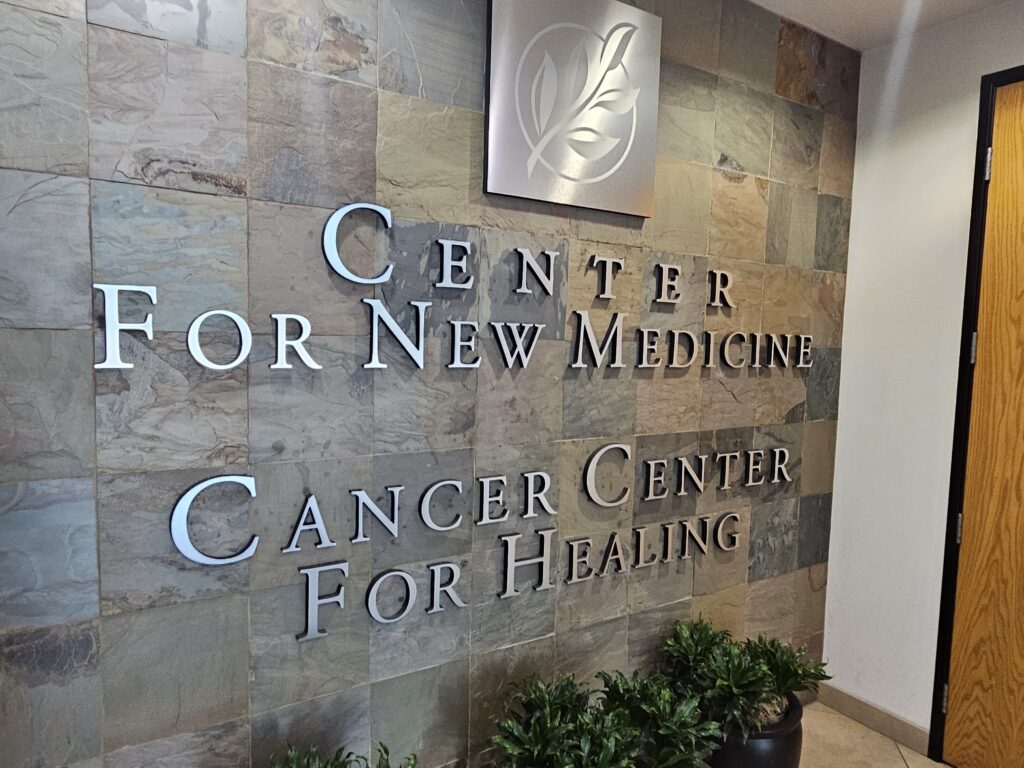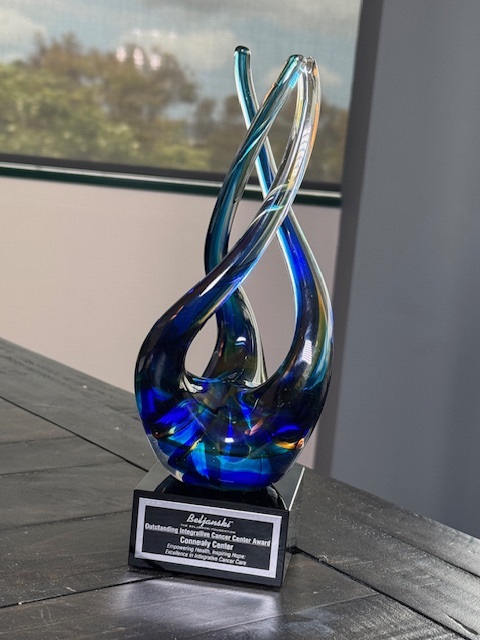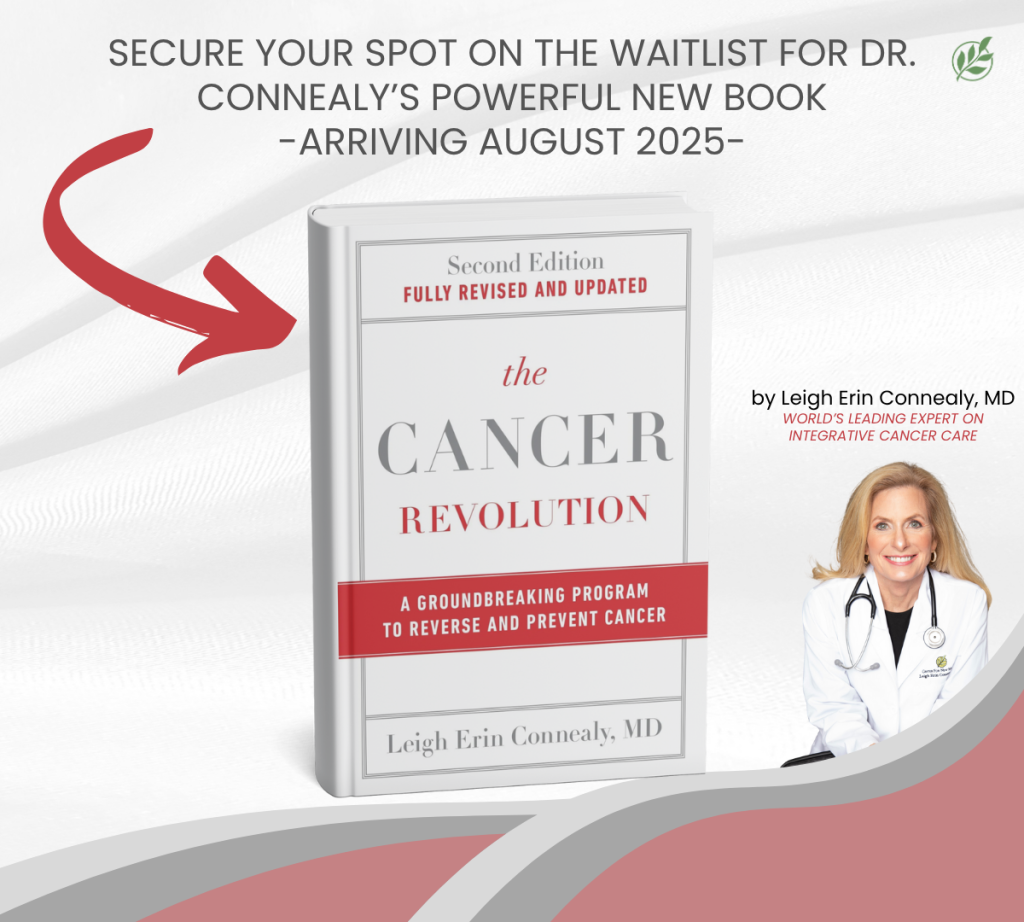Cancer is talked about all over social media, in books and movies, and even in our personal circles. But when a person is facing a cancer diagnosis such as leukemia, they realize how much they don’t know about cancer stages and what goes into treatment.
“What stage is my leukemia?” is a common question we get from patients who walk through the Cancer Center for Healing’s doors in Irvine, CA. What people with leukemia don’t always know right away is that since leukemia is a blood cancer, it functions differently than other types of cancer with solid tumors (such as breast or colon cancer).
At the Cancer Center for Healing in Irvine, CA, we believe that understanding the progression of cancer is essential for choosing the right healing path. That’s why today, we’re taking a closer look at leukemia stages, how they are determined, and how they impact treatment and prognosis.
How Cancer Staging Works
In most solid cancers, staging is based on the size of the tumor and whether it has spread to lymph nodes or other organs. This is typically measured in four stages (Stage I to IV). However, leukemia doesn’t form a solid tumor. Instead, it originates in the bone marrow and spreads through the blood, making traditional staging methods less applicable.
That doesn’t mean leukemia progression isn’t categorized—it just uses a different system. Understanding leukemia stages helps patients, caregivers, and providers know how advanced the disease is and what treatment options are most appropriate.
What Are the Leukemia Stages?
Leukemia is categorized differently depending on the type. The four main types of leukemia are the following:
- Acute lymphoblastic leukemia (ALL)
- Acute myeloid leukemia (AML)
- Chronic lymphocytic leukemia (CLL)
- Chronic myeloid leukemia (CML)
Each type has its own method of classification or “staging.” Let’s explore how leukemia stages are described for these specific conditions.
Leukemia Stages: Acute Leukemias (ALL and AML)
In acute forms of leukemia, the disease progresses rapidly. These types don’t have official numbered stages such as solid tumors. Instead, classification is based on factors such as the following:
- White blood cell count
- Percentage of blast cells in the blood and bone marrow
- Genetic abnormalities
- Patient’s age and overall health
Though not technically called “stages,” the disease can still be described in terms such as the following:
- Untreated
- In remission
- Relapsed
- Refractory
For example, an AML patient might be described as having “refractory AML,” meaning the cancer has not responded to initial treatment.
Still, in common discussions, people may refer to these phases informally as leukemia stages, and they often correspond to different intensities of treatment needed.
Leukemia Stages: Chronic Lymphocytic Leukemia (CLL)
CLL is staged more similarly to traditional cancers. There are two major staging systems:
- Rai Staging System (used in the U.S.)
- Binet Staging System (used in Europe)
Rai Staging divides CLL into five stages:
- Stage 0 – High lymphocyte count only
- Stage I – High lymphocytes + enlarged lymph nodes
- Stage II – Enlarged spleen and/or liver
- Stage III – Low red blood cell count (anemia)
- Stage IV – Low platelet count (thrombocytopenia)
This is one of the clearest examples of defined leukemia stages, and the staging plays a large role in determining treatment urgency.
Leukemia Stages: Chronic Myeloid Leukemia (CML)
CML is typically divided into three phases:
- Chronic Phase: The earliest and most manageable stage. Most patients are diagnosed here.
- Accelerated Phase: The disease is progressing; symptoms worsen.
- Blast Crisis: The most aggressive phase, resembling acute leukemia.
These phases act as the leukemia stages for CML and guide treatment decisions. Transition from one phase to the next indicates a more serious prognosis and a need for advanced interventions.
Why Understanding Leukemia Stages Matters
Knowing which stage—or phase—a patient is in helps tailor both conventional and integrative treatment strategies. At the Cancer Center for Healing, we use a comprehensive model that incorporates advanced diagnostic testing, genetic analysis, and whole-body wellness assessments to understand exactly where a patient is in their journey.
Whether you’re newly diagnosed or dealing with a relapse, identifying leukemia stages accurately is the first step in crafting a personalized healing plan. Our integrative team looks beyond symptoms to understand the root cause, lifestyle triggers, and energetic imbalances associated with your condition.
Integrative Healing for Every Stage
At the Cancer Center for Healing, we believe that healing from leukemia involves more than just chemotherapy or medication. Depending on your leukemia stage, we offer complementary therapies such as the following:
- IV vitamin C and nutrient therapy
- Oxygen therapies (including Hyperbaric Oxygen Therapy)
- Detoxification protocols
- Acupuncture and energy balancing
- Nutritional counseling and lifestyle coaching
- Mind-body medicine and emotional support
These approaches are designed to support your immune system, reduce treatment side effects, and improve quality of life—no matter your leukemia stage.
Get the Right Diagnosis and Care
Leukemia stages look different from other types of cancer with solid tumors, but understanding the stages of leukemia remains a crucial concept in understanding your diagnosis and treatment.
Whether you’re in the chronic phase of CML, Stage II of CLL, or a relapse of AML, the Cancer Center for Healing is here to walk with you every step of the way.
Our personalized, patient-centered approach is designed to uncover the deeper reasons behind cancer, support your healing from the inside out, and empower you to thrive. To learn more or schedule a consultation, visit cancercenterforhealing.com/leukemia.


















